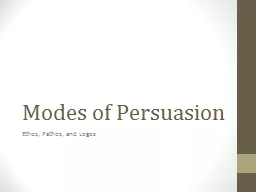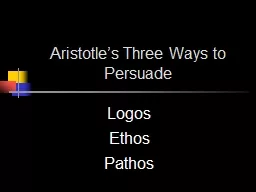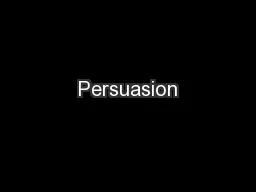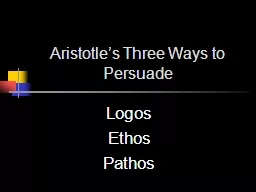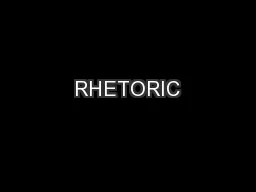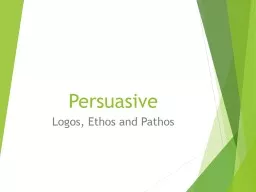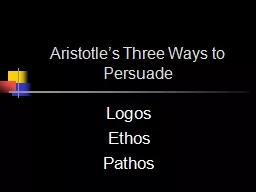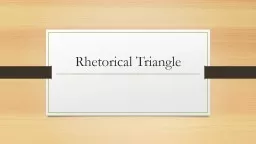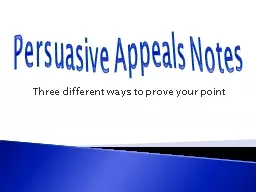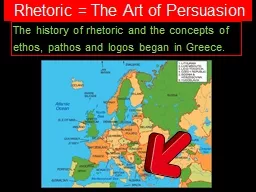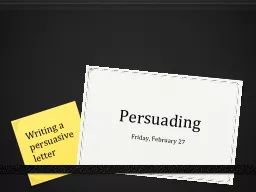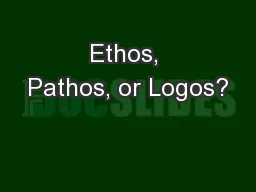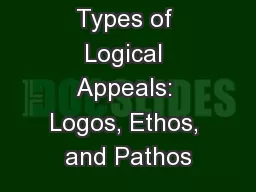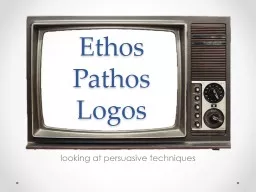PPT-Modes of Persuasion Ethos, Pathos, and Logos
Author : ellena-manuel | Published Date : 2018-03-13
Persuasive Appeal To ask for aid support mercy sympathy or the like To make an earnest request Your appeal is HOW you are persuading your audience 3 Appeals Ethos
Presentation Embed Code
Download Presentation
Download Presentation The PPT/PDF document "Modes of Persuasion Ethos, Pathos, and L..." is the property of its rightful owner. Permission is granted to download and print the materials on this website for personal, non-commercial use only, and to display it on your personal computer provided you do not modify the materials and that you retain all copyright notices contained in the materials. By downloading content from our website, you accept the terms of this agreement.
Modes of Persuasion Ethos, Pathos, and Logos: Transcript
Download Rules Of Document
"Modes of Persuasion Ethos, Pathos, and Logos"The content belongs to its owner. You may download and print it for personal use, without modification, and keep all copyright notices. By downloading, you agree to these terms.
Related Documents

